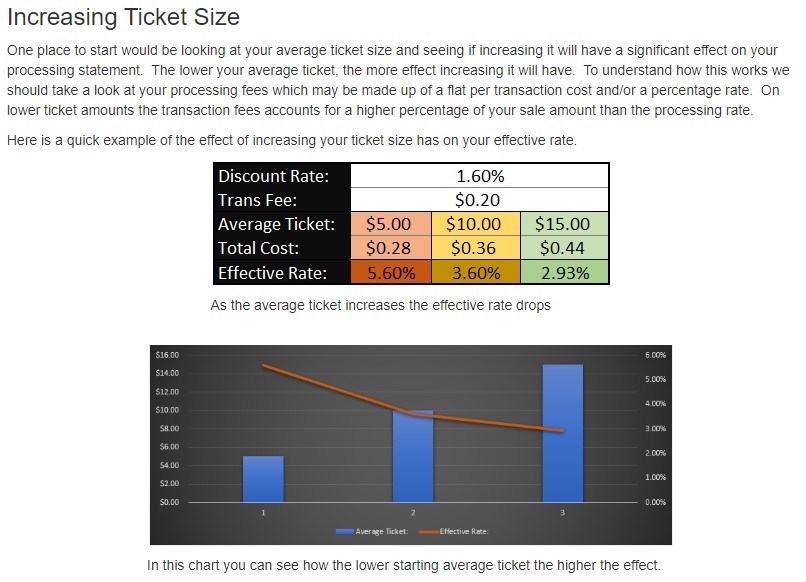August 16th, 2022 by J B
Where do my processing fees go?
Filed in: Merchant Accounts |
Did you know that generally speaking most of your credit card processing fees go to the bank that issued your customer’s credit card? Some of your fees go to the systems and platforms that help you process those payments. Finally, another portion of those fees goes directly to the card brands, like Visa and MasterCard. Most businesses receive their monthly statement and never realize where their fees are going or why.

Let’s start with the banks that issue credit cards. There is an underlying cost that issuers charge processors for moving money called Interchange. In the simplest terms interchange is a matrix of more than 800 card and charge type combinations each possibly having different rates. Those rates range from 0.05% + $0.21 to 3.25% & $0.10 per transaction. This pricing is the same for all processors industry-wide and is normally adjusted twice per year. Interchange makes up the vast majority of all transactional costs for processors and merchants. For a more complete explanation of interchange check out our What is Interchange blog post.
Likely the second highest set of costs to a merchant are the fees from the processor. While these fees seem like they go with just one single entity that is not always the case. There are generally multiple platforms involved in the authorization and settlement portions of a transaction as well as those systems assisting in the transaction process. Each system, even if it’s owned by the same company, takes a small part of each transaction. What’s left after Interchange, platform fees, and card brand costs is what the processor retains. Then that money is often split between multiple entities, however, for this example, we are going to consider them all as just the processor.
Finally, we get to the card brand fees, which are mostly covered in the interchange tables however they are considered separate by people in the industry since there are potentialy other fees that are not included and because depending on an accounts setup these fees may be passed through or eaten by the processor. These fees are likely to be the smallest portion of the processing costs that a merchant will experience. While these fees are relatively small they still make up a decent portion of your processing fees. In some cases, a processor might have these fees bundled into your cost so they are not displayed on your monthly statement however they are factored into your cost as a merchant.
Those are the basics of where your money is going when you pay processing fees. Many merchants assume that their processor has the most control over lowering their cost, and in a way they are correct. The processor seems to have control over what the merchants’ costs are. That said there are things merchants can do in a lot of cases to reduce their processing fees without even contacting their processor. Check out our article on how to lower fees without contacting your payment processor. Do keep in mind that flat rates and some tiered structures may prevent you from receiving the maximum potential savings. For more information on processor fees, you might want to take a look at our article on how to tell if your processing fees are out of control.





